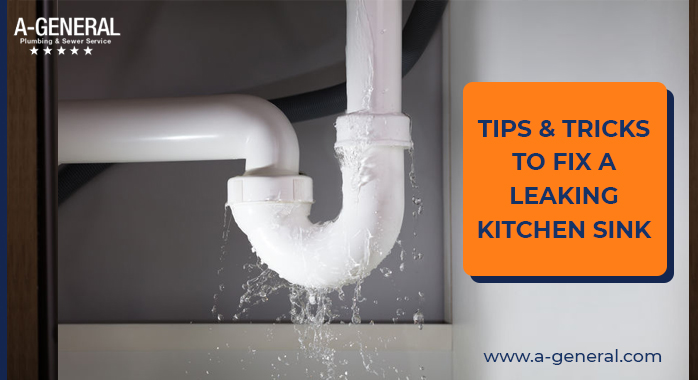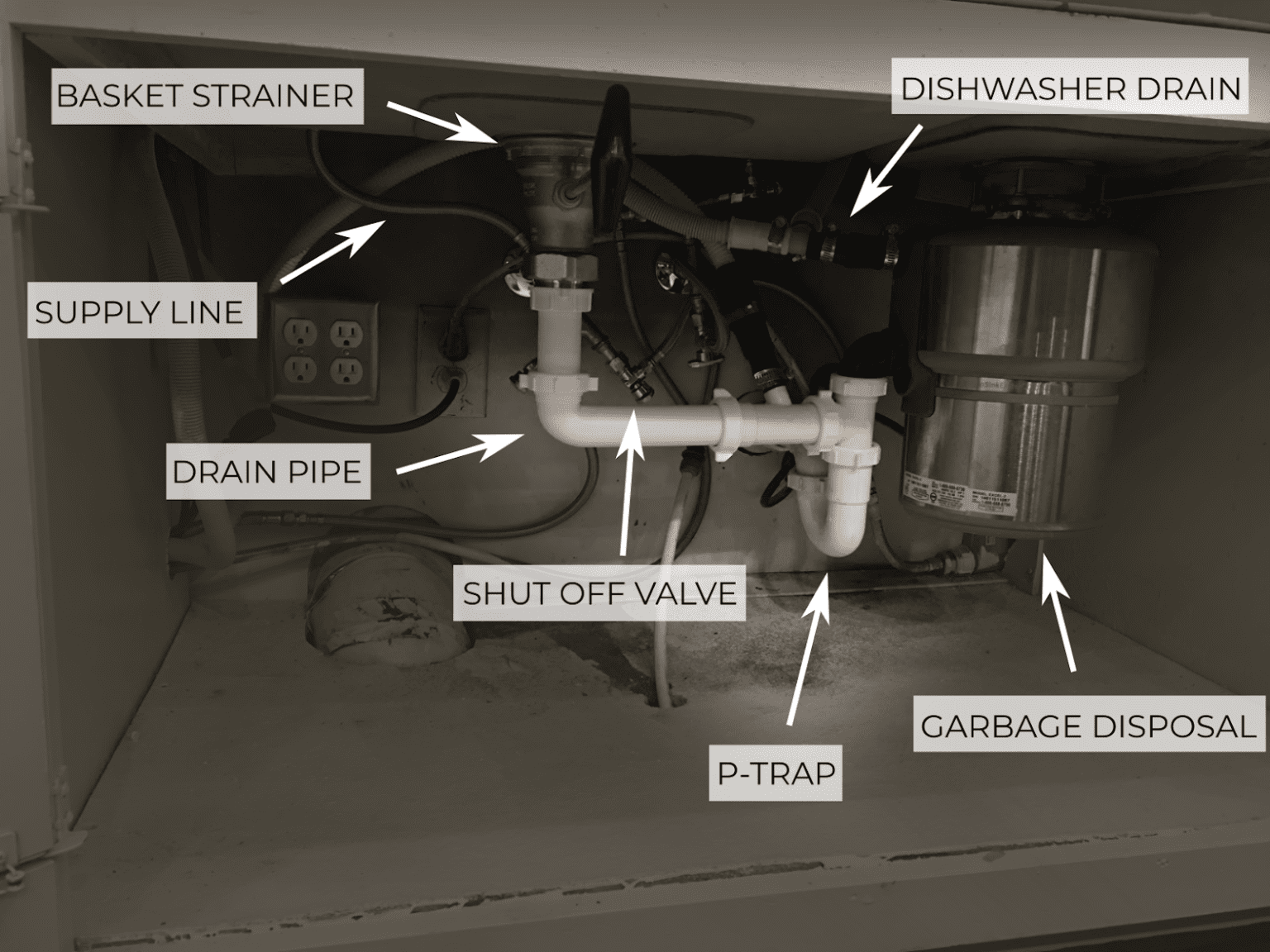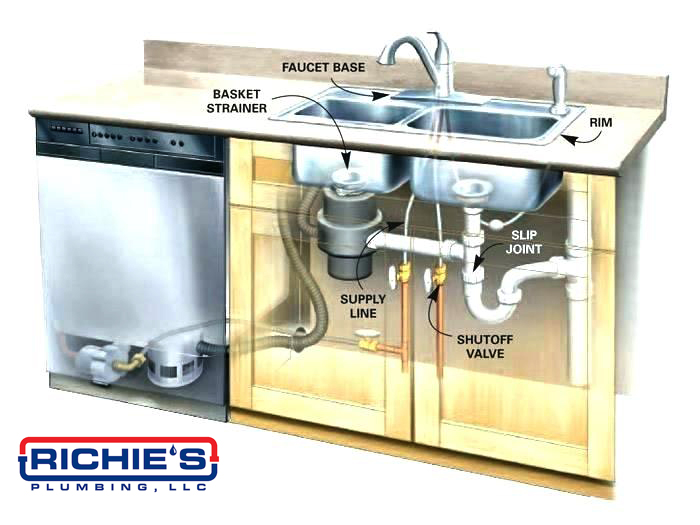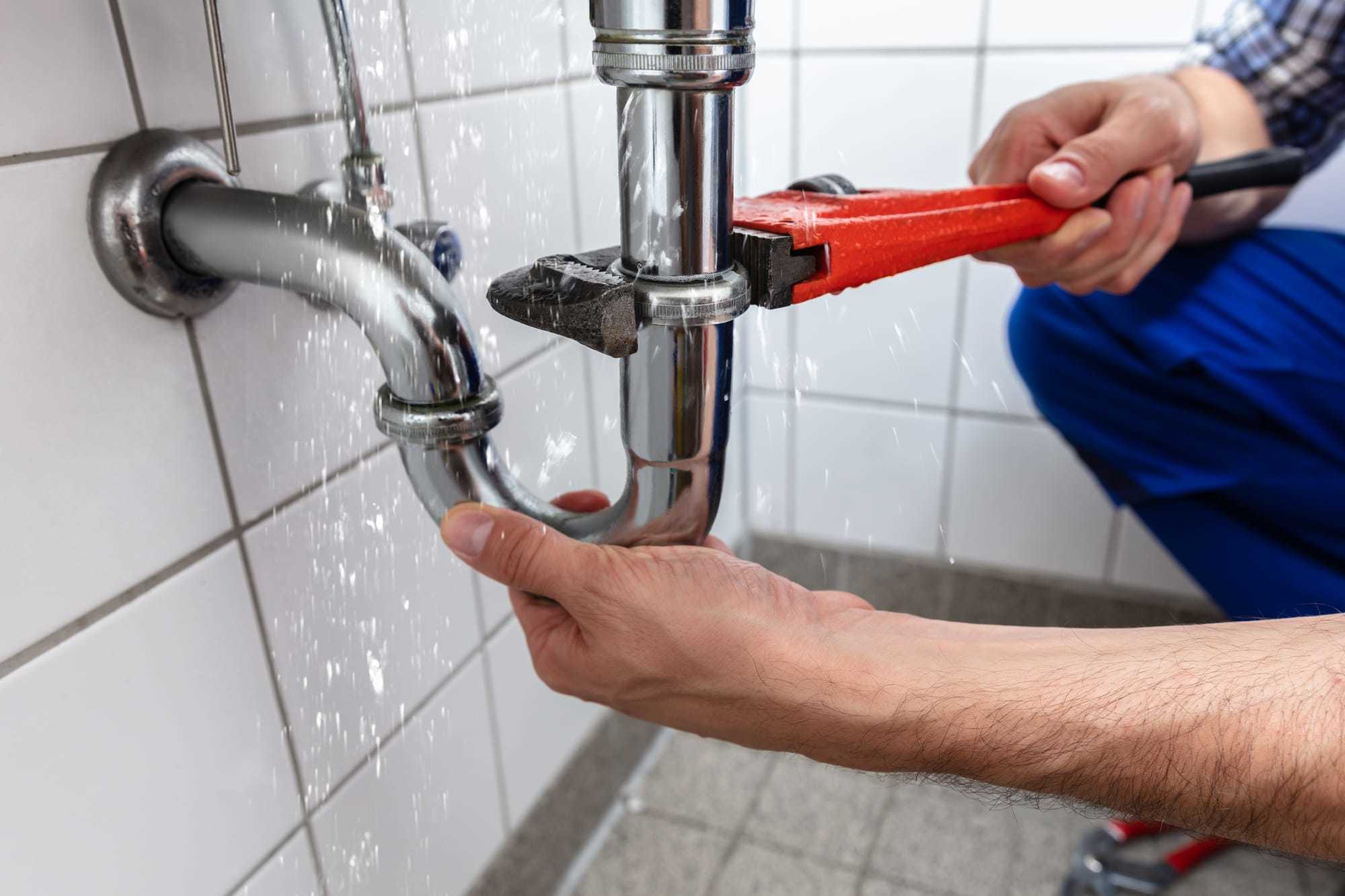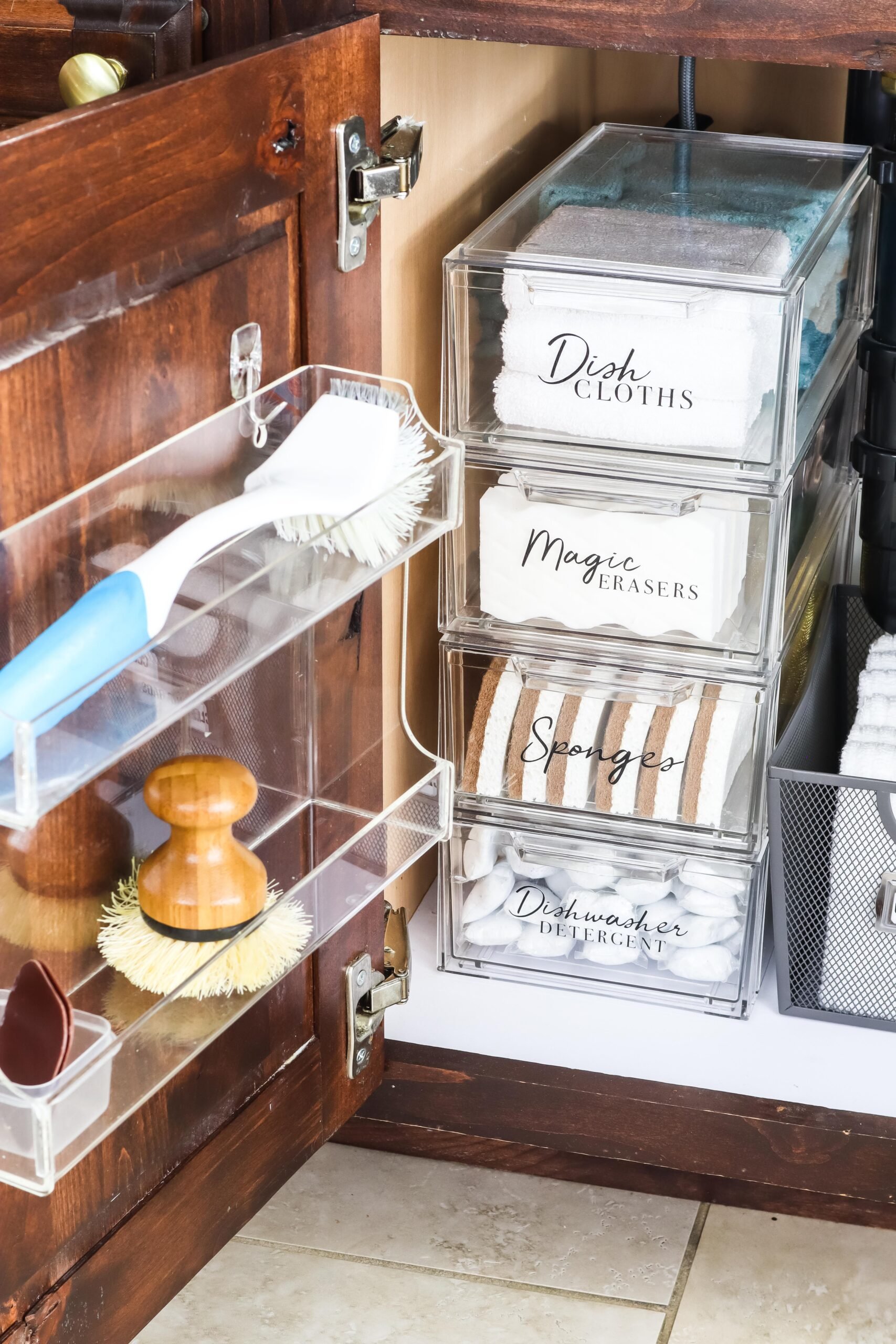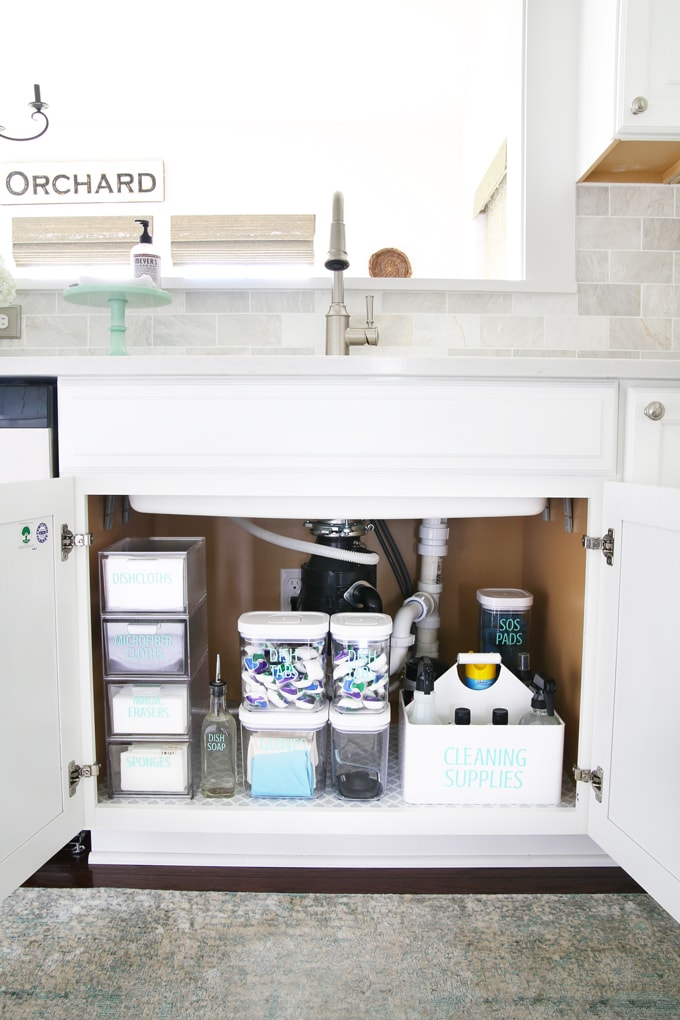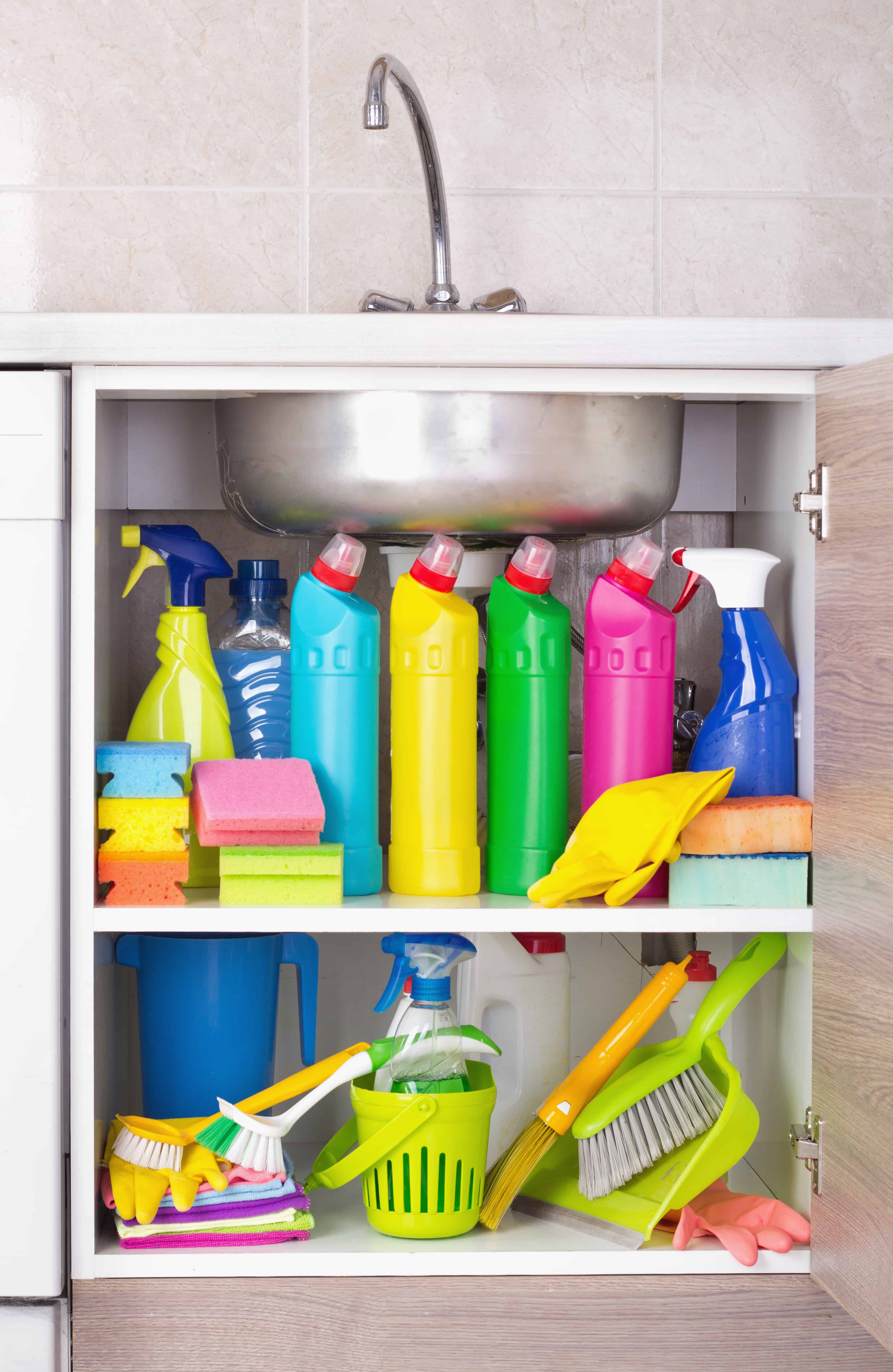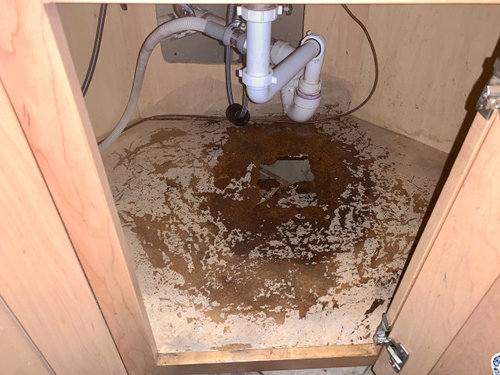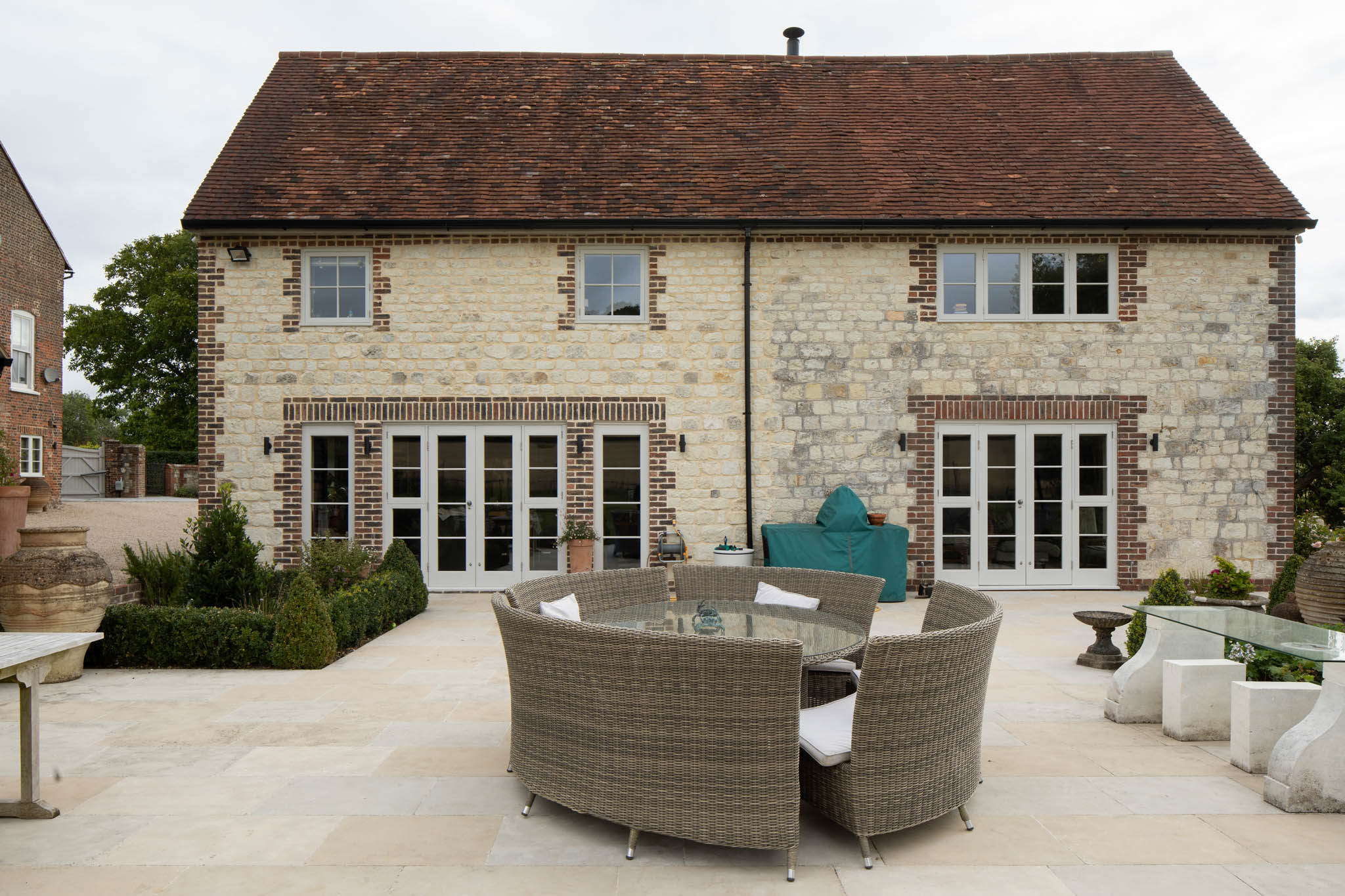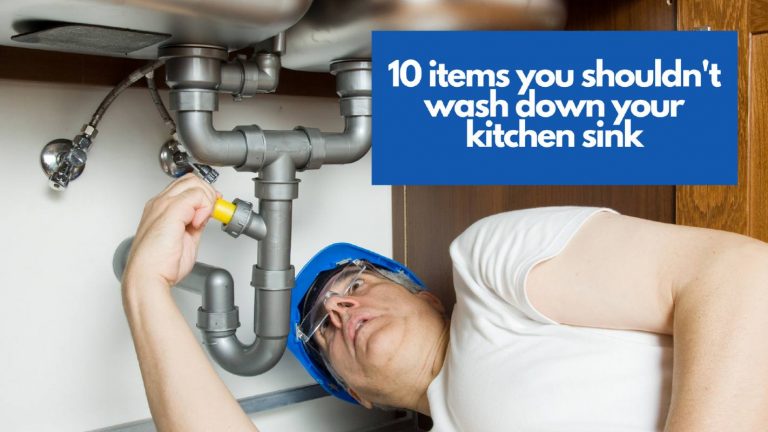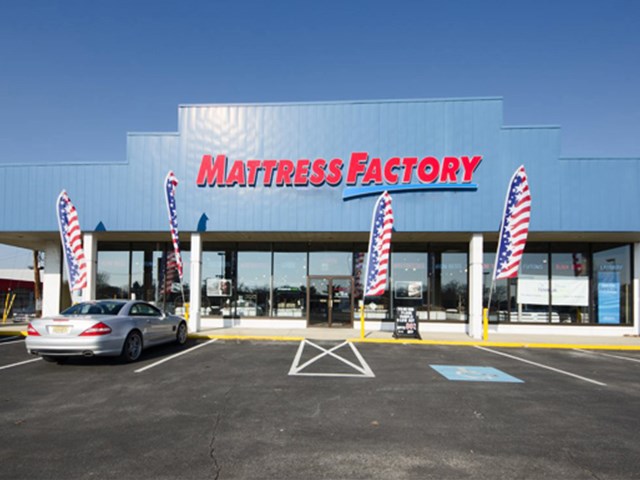If you've noticed a puddle of water under your kitchen sink, chances are you have a leak. Not only can this be a nuisance, but it can also lead to costly water damage if left untreated. Luckily, fixing a leaky kitchen sink is a relatively simple task that can save you time and money in the long run. To start, turn off the water supply to your sink and empty out the cabinet below. You'll want to inspect the pipes and connections for any obvious signs of damage or wear. If you notice a crack or hole, you'll need to replace the affected part. Otherwise, you may be able to fix the leak with some plumber's tape or sealant. Remember to turn the water supply back on and test your fix before putting everything back in the cabinet. If the leak persists, it may be time to call a professional plumber for further assistance.1. How to Fix a Leaky Kitchen Sink
Prevention is always better than a cure, especially when it comes to plumbing. To avoid leaks under your kitchen sink, there are a few simple steps you can take. First, regularly check the pipes and connections for any signs of wear or damage. If you notice any issues, address them immediately to prevent them from getting worse. You should also avoid using chemical drain cleaners, as they can corrode your pipes and cause leaks. Additionally, make sure to use your sink and garbage disposal properly. Avoid pouring grease and other fats down the drain, and don't overload the garbage disposal with large chunks of food. Taking these precautions can go a long way in preventing leaks under your kitchen sink.2. How to Prevent Leaks Under Your Kitchen Sink
If you're in the process of installing new plumbing under your kitchen sink, there are a few things you can do to ensure better performance and prevent leaks. First, invest in high-quality materials. It may be tempting to opt for cheaper options, but they may not hold up as well over time. Additionally, make sure to properly secure all connections and joints to prevent any potential leaks. Another tip is to add a leak detection system. These devices can detect even the smallest leaks and alert you before they turn into big problems. They can also automatically shut off the water supply to your sink, minimizing potential damage.3. Tips for Better Plumbing Under Your Kitchen Sink
Understanding the common causes of leaks under kitchen sinks can help you prevent them in the future. One of the most common causes is a loose or damaged connection. Over time, the connections between pipes and fixtures can become loose, causing water to leak out. Additionally, wear and tear on these connections can lead to cracks or holes, resulting in leaks. Another common cause is clogs. When food scraps and grease build up in your pipes, they can block the flow of water and cause it to back up and leak out. To prevent this, make sure to regularly clean your sink and avoid putting anything down the drain that could cause a clog.4. Common Causes of Leaks Under Kitchen Sinks
If you're looking to upgrade your plumbing under the kitchen sink, it's important to do it properly to prevent leaks and ensure better performance. Start by turning off the water supply and emptying out the cabinet below the sink. Then, carefully remove the old plumbing and clean the area thoroughly. Next, follow the manufacturer's instructions to install the new plumbing, making sure to properly secure all connections and joints. After everything is installed, turn the water supply back on and test for any leaks. If everything looks good, you can put everything back in the cabinet and enjoy your upgraded plumbing.5. How to Install Better Plumbing Under Your Kitchen Sink
If you're experiencing a minor leak under your kitchen sink, there are some DIY solutions you can try before calling a professional plumber. One option is to use plumber's tape or sealant to cover the affected area. This can provide a temporary fix and stop the leak until you can get a more permanent solution. Another option is to use a pipe clamp to secure a loose connection. Keep in mind that these solutions may not work for all types of leaks, and if the problem persists, it's best to call in a professional for proper repairs.6. DIY Solutions for Preventing Leaks Under Kitchen Sinks
As mentioned earlier, investing in high-quality materials is essential for better plumbing under your kitchen sink. But with so many options available, how do you know which materials to choose? When it comes to pipes, copper and PVC are both good choices. Copper pipes are more durable and resistant to corrosion, but they can be more expensive. PVC pipes are more affordable and easier to work with, but they may not last as long. For connections and joints, brass or stainless steel are both reliable and long-lasting options.7. Choosing the Right Materials for Under Sink Plumbing
Proper maintenance is key to preventing leaks under your kitchen sink. This includes regularly cleaning your sink and garbage disposal to prevent clogs, as well as checking for any signs of wear or damage on the pipes and connections. It's also a good idea to have a professional plumber come in for regular inspections and maintenance. They can catch any potential issues early on and make necessary repairs to prevent bigger problems down the road.8. How to Maintain Your Kitchen Sink Plumbing to Prevent Leaks
Despite your best efforts, leaks can still happen under your kitchen sink. Here are some troubleshooting tips for common leaks: - If the leak is coming from a loose connection, try tightening it with a wrench or adding plumber's tape. - If the leak is caused by a crack or hole in a pipe, you'll need to replace the affected part. - If the leak is coming from the garbage disposal, it may be time for a replacement. Remember, if you're unsure of how to fix the problem, it's best to call a professional plumber for assistance.9. Troubleshooting Common Leaks Under Kitchen Sinks
If you've been dealing with frequent leaks and other plumbing issues under your kitchen sink, it may be time for an upgrade. By investing in better materials and properly installing and maintaining your plumbing, you can enjoy better performance and peace of mind. Remember to regularly inspect your plumbing and address any issues as soon as they arise. With proper care and maintenance, you can prevent leaks and keep your kitchen sink functioning properly for years to come.10. Upgrading Your Kitchen Sink Plumbing for Better Performance
Better Plumbing for Under Kitchen Sink Prevents Leaks

Why Proper Plumbing is Essential for a Well-Designed Kitchen
 Having a well-designed kitchen is essential for any homeowner. It's where we spend a significant amount of our time preparing meals, entertaining guests, and creating memories with our loved ones. However, there are certain aspects of kitchen design that are often overlooked, such as plumbing under the kitchen sink. This area is often neglected, but it plays a crucial role in the overall functionality and safety of your kitchen.
One of the most common plumbing issues in the kitchen is leaks under the sink. These can be caused by various factors, including old and faulty pipes, improper installation, or simply wear and tear over time. Not only can these leaks cause damage to your cabinets and flooring, but they can also lead to mold and mildew growth, which can be hazardous to your health.
Preventing Leaks with Proper Plumbing
The key to preventing leaks under the kitchen sink is to have proper plumbing in place. This includes using high-quality pipes, ensuring proper installation, and regular maintenance. By investing in quality plumbing materials and hiring a professional plumber for installation, you can significantly reduce the chances of experiencing leaks in the future.
Choose the Right Materials
When it comes to plumbing materials, it's important to choose ones that are durable and long-lasting. This includes using high-quality pipes, such as copper or PVC, which are less likely to corrode or crack over time. Additionally, using quality seals, fittings, and connectors can also help prevent leaks from occurring.
Proper Installation is Key
Even with the right materials, improper installation can lead to leaks under the kitchen sink. That's why it's crucial to hire a professional plumber who has the expertise and experience to install the plumbing correctly. They will also be able to identify and address any potential issues that could cause leaks in the future.
Regular Maintenance is a Must
Lastly, regular maintenance is essential to preventing leaks under the kitchen sink. This includes checking for any signs of wear and tear, such as rust or corrosion, and addressing them promptly. It's also important to inspect the pipes and seals for any cracks or damage and replace them if necessary.
In conclusion, proper plumbing under the kitchen sink is crucial for a well-designed and functional kitchen. By investing in quality materials, hiring a professional for installation, and conducting regular maintenance, you can prevent leaks and ensure the safety and longevity of your kitchen. Don't overlook this important aspect of kitchen design and take the necessary steps to prevent leaks from occurring.
Having a well-designed kitchen is essential for any homeowner. It's where we spend a significant amount of our time preparing meals, entertaining guests, and creating memories with our loved ones. However, there are certain aspects of kitchen design that are often overlooked, such as plumbing under the kitchen sink. This area is often neglected, but it plays a crucial role in the overall functionality and safety of your kitchen.
One of the most common plumbing issues in the kitchen is leaks under the sink. These can be caused by various factors, including old and faulty pipes, improper installation, or simply wear and tear over time. Not only can these leaks cause damage to your cabinets and flooring, but they can also lead to mold and mildew growth, which can be hazardous to your health.
Preventing Leaks with Proper Plumbing
The key to preventing leaks under the kitchen sink is to have proper plumbing in place. This includes using high-quality pipes, ensuring proper installation, and regular maintenance. By investing in quality plumbing materials and hiring a professional plumber for installation, you can significantly reduce the chances of experiencing leaks in the future.
Choose the Right Materials
When it comes to plumbing materials, it's important to choose ones that are durable and long-lasting. This includes using high-quality pipes, such as copper or PVC, which are less likely to corrode or crack over time. Additionally, using quality seals, fittings, and connectors can also help prevent leaks from occurring.
Proper Installation is Key
Even with the right materials, improper installation can lead to leaks under the kitchen sink. That's why it's crucial to hire a professional plumber who has the expertise and experience to install the plumbing correctly. They will also be able to identify and address any potential issues that could cause leaks in the future.
Regular Maintenance is a Must
Lastly, regular maintenance is essential to preventing leaks under the kitchen sink. This includes checking for any signs of wear and tear, such as rust or corrosion, and addressing them promptly. It's also important to inspect the pipes and seals for any cracks or damage and replace them if necessary.
In conclusion, proper plumbing under the kitchen sink is crucial for a well-designed and functional kitchen. By investing in quality materials, hiring a professional for installation, and conducting regular maintenance, you can prevent leaks and ensure the safety and longevity of your kitchen. Don't overlook this important aspect of kitchen design and take the necessary steps to prevent leaks from occurring.




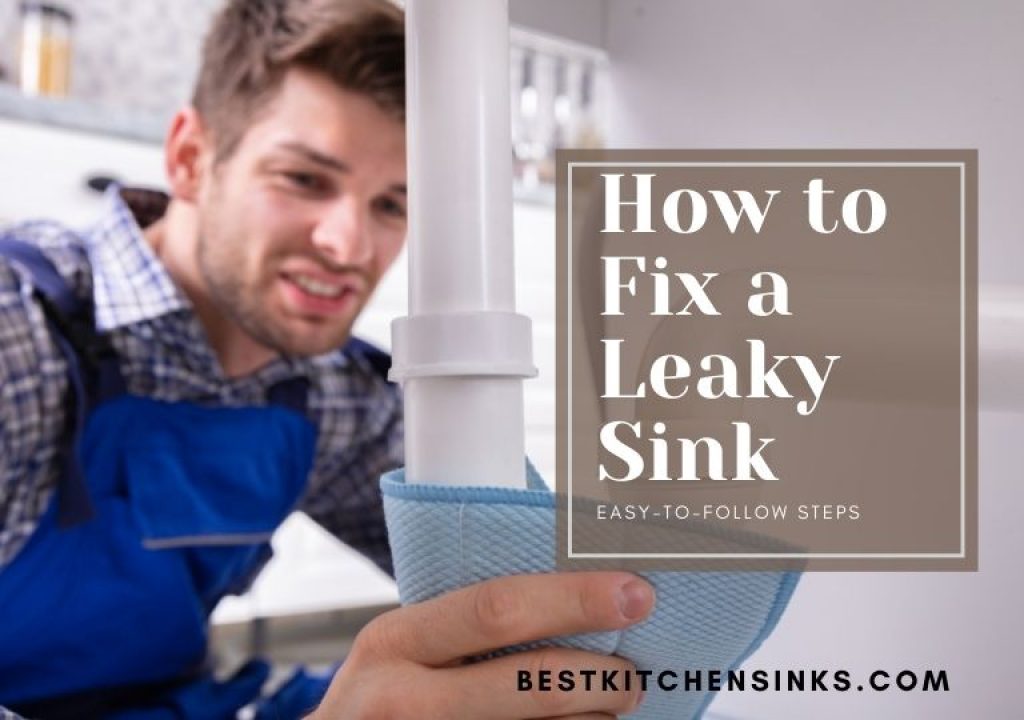






















/how-to-install-a-sink-drain-2718789-hero-24e898006ed94c9593a2a268b57989a3.jpg)







